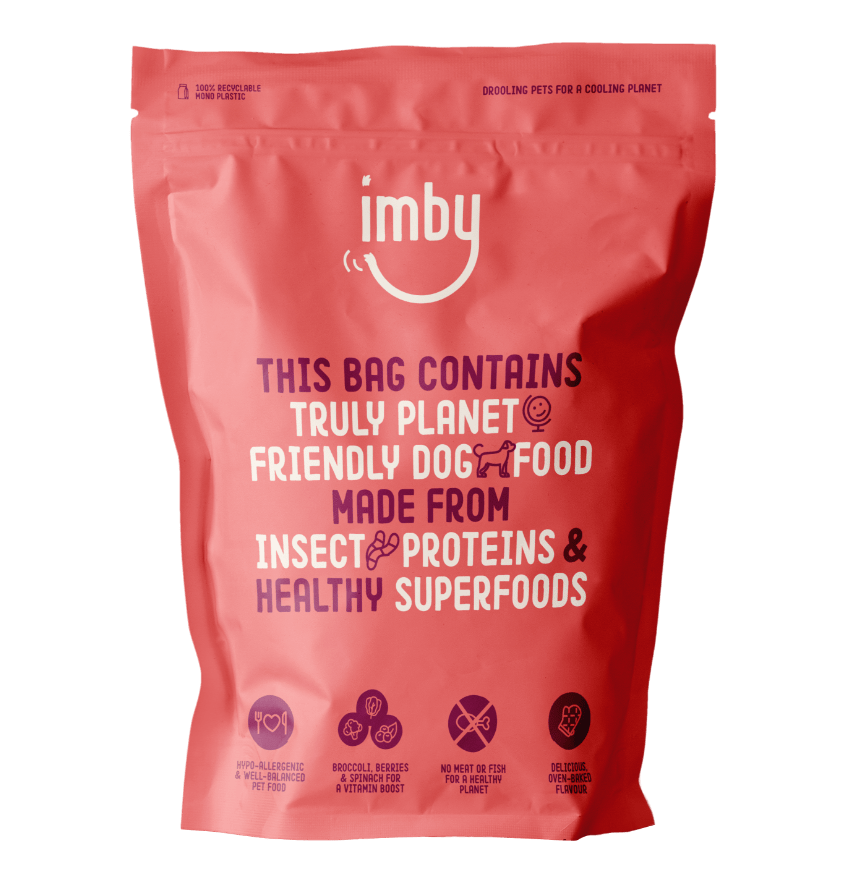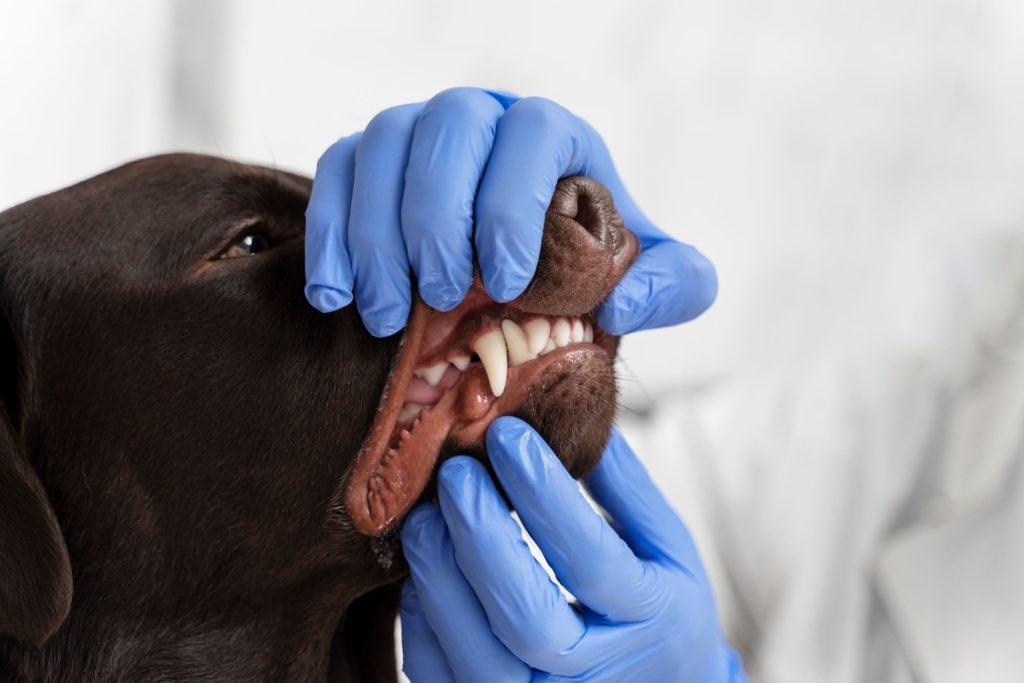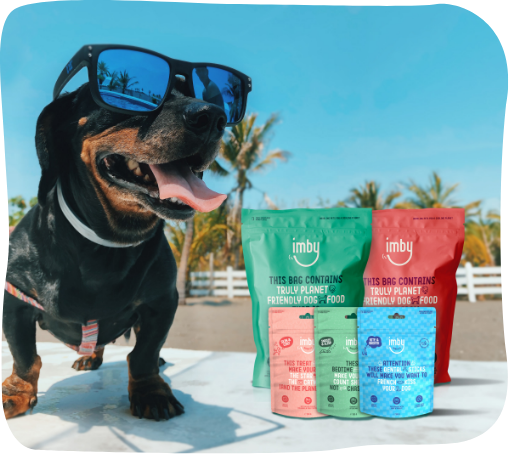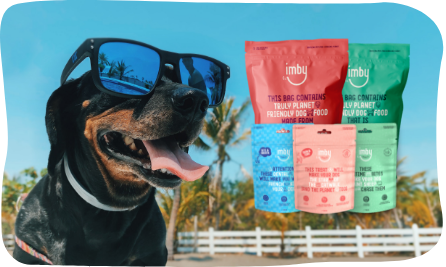Use code CHANGE20 for 20% off your first dog food order!
Use code CHANGE20 for 20% off your first dog food order!



Key considerations:
Yes, dogs can eat honey—but only in small amounts, as it’s naturally high in sugar.
While honey offers some great health benefits, including antioxidants and potential allergy relief, it’s important to give it in moderation.
Some dogs may find its sweetness a bit overwhelming!
When feeding honey to your dog, always ensure it’s pure, with no added sweeteners or xylitol, as this can be toxic.
Too much honey can also lead to weight gain and dental issues, so a little goes a long way.
Often called ‘the nectar of the gods,’ honey has been enjoyed since 5500 BC and was once the most widely used sweetener. Archaeologists have even discovered jars of honey in ancient Egyptian tombs—still perfectly preserved!
Even today, honey remains a popular natural sweetener, but its health benefits are often overlooked. Packed with essential nutrients like vitamins A, B, C, D, E, and K, plus minerals such as zinc, iron, calcium, and magnesium, honey has antifungal, antibacterial, and antimicrobial properties.
Raw honey’s powerful antioxidants and natural healing properties can support your dog’s overall health. From soothing allergies to aiding digestion, a small amount of this golden treat can be a great addition to your dog’s diet.
Let’s take a closer look at the benefits of honey for dogs!
We all know honey comes from hardworking bees, but there’s so much more to it than that! Bees collect sweet nectar from flowers and transform it into honey inside their hives—but the process is truly fascinating.
Honey serves as food for bees when flowers aren’t in bloom, so it needs to be stored safely for long periods. To make it, bees fly from flower to flower, collecting nectar with their tongues and storing it in a special second stomach called a ‘crop.’ While inside the crop, the nectar mixes with enzymes that prepare it for long-term storage.
Back at the hive, the bees pass the nectar from mouth to mouth before depositing it into the honeycomb. Worker bees then fan it with their wings to evaporate moisture, thickening it into the golden syrup we know as honey.
The entire process is a marvel of nature—and the result isn’t just delicious, but packed with health benefits, even for dogs!
Honey may be high in sugar, but it also contains a wealth of nutrients—even if only in tiny amounts. And here’s a fun fact: when stored properly, honey never spoils!
To get the most out of honey’s health benefits, always choose raw, unpasteurised honey. Processed honey is often heated and may contain additives like high-fructose corn syrup, which reduces its nutritional value. But what makes honey so beneficial?
Antioxidants: Packed with vitamins A, C, and E, as well as phenolic acid and flavonoids, honey helps combat free radicals that damage cells. This means it can reduce inflammation and strengthen your dog’s immune system.
B-complex vitamins: These essential vitamins support energy levels, brain function, and metabolism, helping your dog stay active and healthy.
Vitamins D & E: These fat-soluble vitamins play a key role in bone health, immune function, and even blood clotting.
Essential minerals: Copper, magnesium, and manganese contribute to red blood cell production, collagen formation, muscle growth, and strong bones, ligaments, and tendons.
Natural healing properties: Honey has antimicrobial, antifungal, and antibacterial effects. It can help soothe stomach ulcers and sore throats, while applying a thin layer to the skin may aid wound healing, hot spots, eczema, and insect bites
Anti-inflammatory effects: Whether your dog suffers from joint pain, skin irritations, or wounds, honey’s anti-inflammatory properties can provide relief.
Allergy support: Local honey contains traces of pollen, which can help desensitise your dog’s immune system to seasonal allergens. It also contains quercetin, a natural antihistamine that helps with itchy, watery eyes caused by environmental allergies.
If you’re giving honey to your dog, moderation is key. A small amount is enough to provide health benefits, and choosing local honey can offer extra support against seasonal allergies.
Honey is packed with natural sugars, which can still pose a risk for dogs with diabetes, obesity, or a weakened immune system. If your dog has any of these conditions, it’s best to avoid honey altogether—always check with your vet first.
One teaspoon of honey contains around 17 grams of sugar and 70 calories. Most dogs can safely enjoy up to a teaspoon per day, depending on their size:
Dog size | Honey consumption |
Small | ¼ teaspoon per day |
Medium | ½ teaspoon per day |
Large | 1 teaspoon per day |
XLarge | 2 teaspoons per day |
However, too much honey can lead to a spike in blood sugar, causing symptoms like vomiting, diarrhoea, or loss of appetite. Remember: If you notice any of these signs, contact your vet.
Dogs allergic to bee stings: Some dogs that react to bee stings may also react to honey. If you want to introduce honey, start with a tiny drop and monitor for any signs of an allergic reaction.
Puppies: Their immune systems are still developing, so it’s best to avoid raw honey, as it may contain botulism spores that can cause digestive issues.
Dogs with diabetes: Due to its high sugar content, honey can cause dangerous spikes in blood sugar. Diabetic dogs should not eat honey.
Overweight or obese dogs: Honey adds unnecessary sugar to their diet. There are plenty of healthier snack options.
Dogs with weakened immune systems: Conditions like autoimmune diseases, cancer, lupus, and diabetes can make dogs more vulnerable to bacteria in raw honey, so it’s best avoided.
Tooth decay: Like any sugary food, honey can contribute to dental problems. Regular tooth brushing can help keep your dog’s teeth healthy.
There are plenty of simple and mess-free ways to add honey to your dog’s diet. One of the easiest is to offer it straight from the spoon—just give your dog a small amount and let them slurp it up. If you’d rather avoid sticky fingers, try spreading a thin layer on fresh fruit or dog biscuits.
Another option is to blend a teaspoon of raw honey into a dog-friendly smoothie with fresh fruit and vegetables. This makes for a refreshing and nutritious snack, especially in warm weather.
You can also mix honey with peanut butter, freeze the mixture, and add it to a treat toy for a fun and long-lasting activity.
For those who enjoy baking homemade dog treats, honey can be a great natural sweetener. However, it’s important to note that heating honey reduces its beneficial properties. To preserve these, consider drizzling a small amount over the finished treat instead of mixing it into the dough.
If convenience is key, simply stirring a teaspoon of honey into your dog’s food is an effortless way to incorporate it into their diet. Once you start using honey, you’ll likely find plenty of creative ways to make it a regular part of your dog’s routine.
While scientific studies on honey’s specific benefits for dogs are limited, the anecdotal evidence remains strong. People have been using honey for centuries due to its medicinal and health benefits, and many pet owners swear by it for their dogs.
Honey is considered a superfood for both humans and dogs because of its wide range of benefits. It’s packed with antioxidants, offers a variety of vitamins and minerals, and can provide relief from allergies and skin irritations. On top of that, honey can give your dog an energy boost when they need it the most.
Raw honey is generally safe for most adult dogs in moderation, and it comes with little risk. My own dogs love it, and I include it as part of their diet. Consider adding honey to your dog’s treats or food to enhance their overall health.





It's all to make your browsing and shopping experience at Imby, a real treat! Read more about it in our Privacy Policy.
4.8 out of 5 stars
based on 1171 reviews



"*" indicates required fields